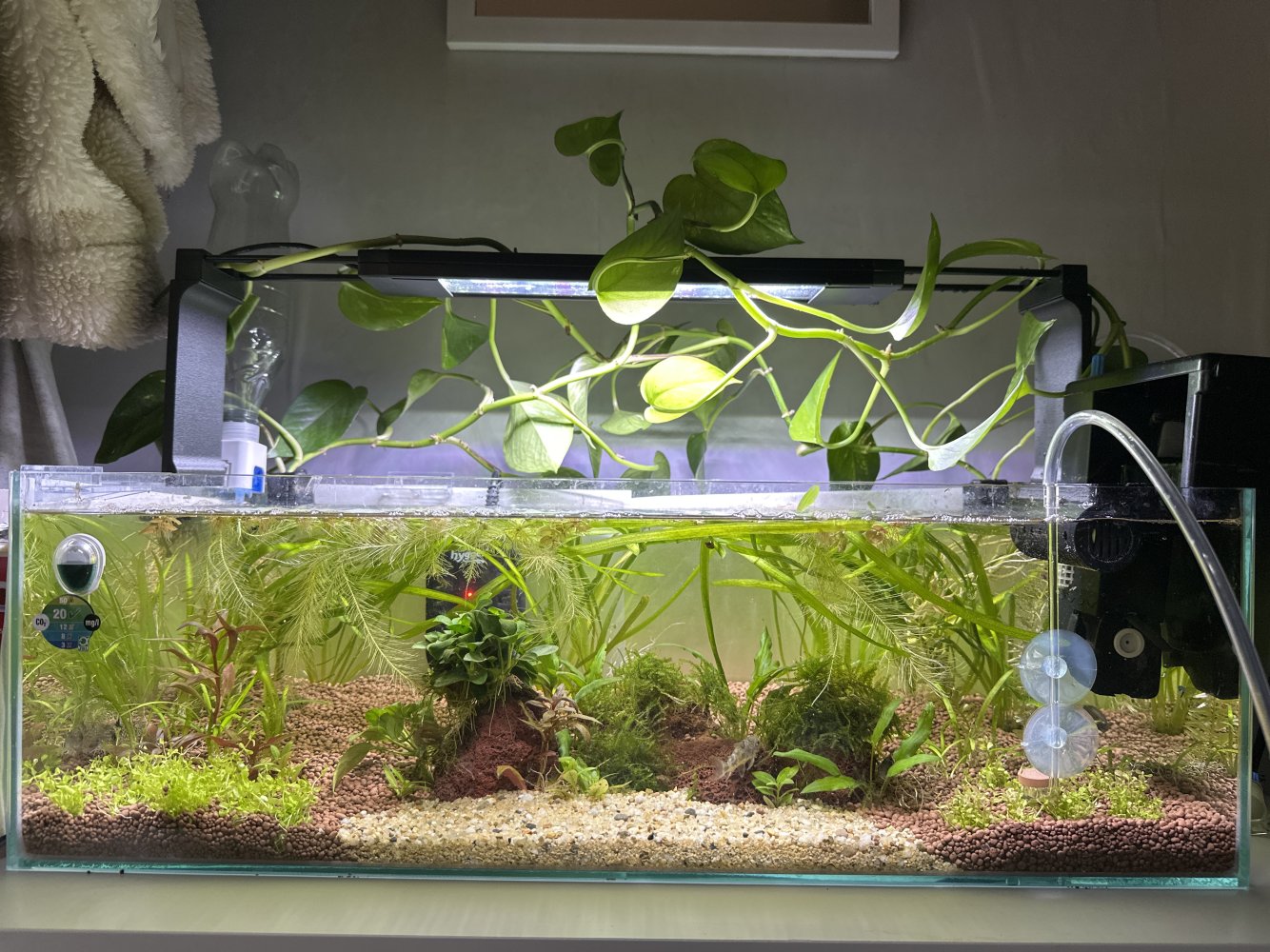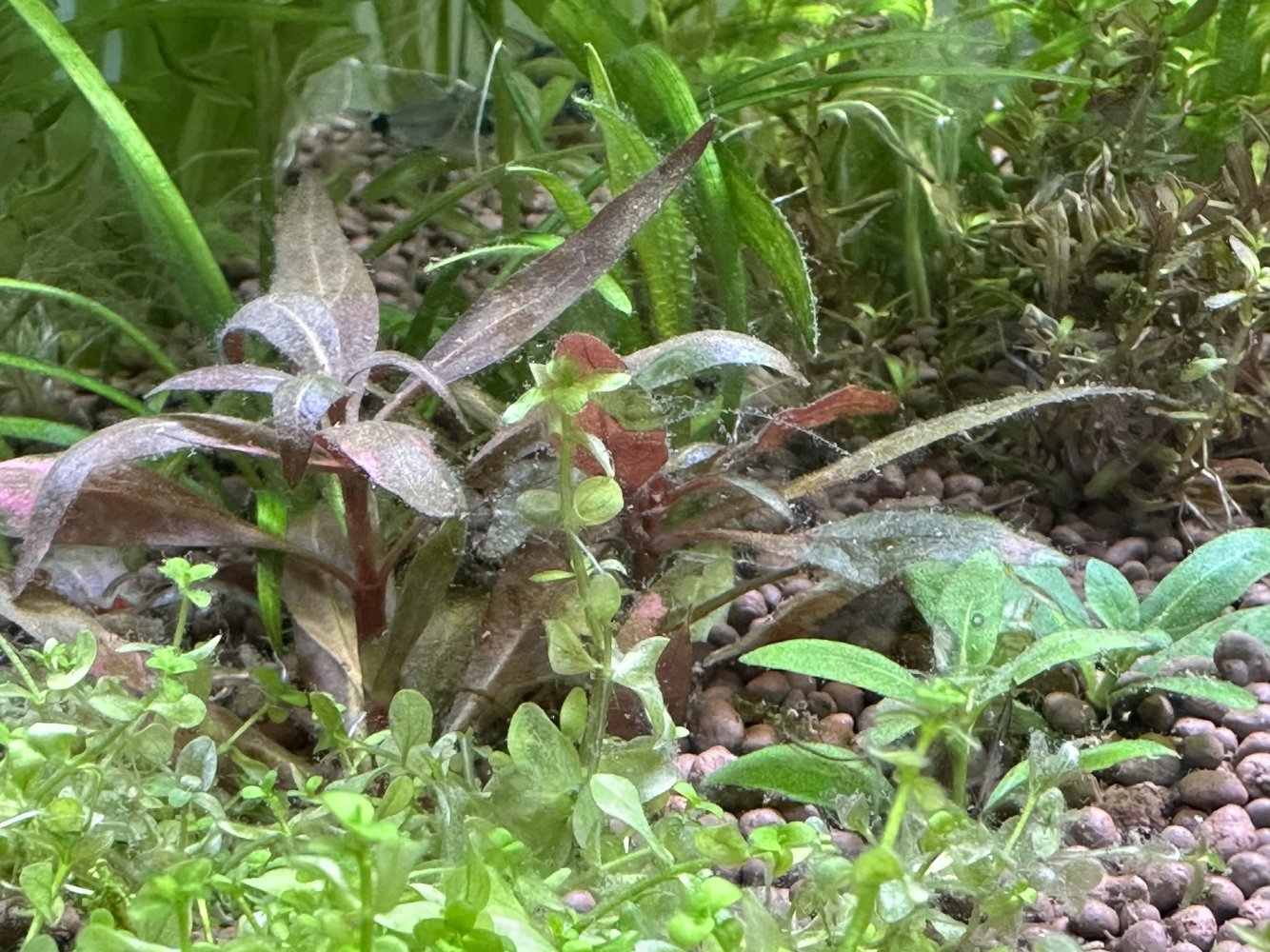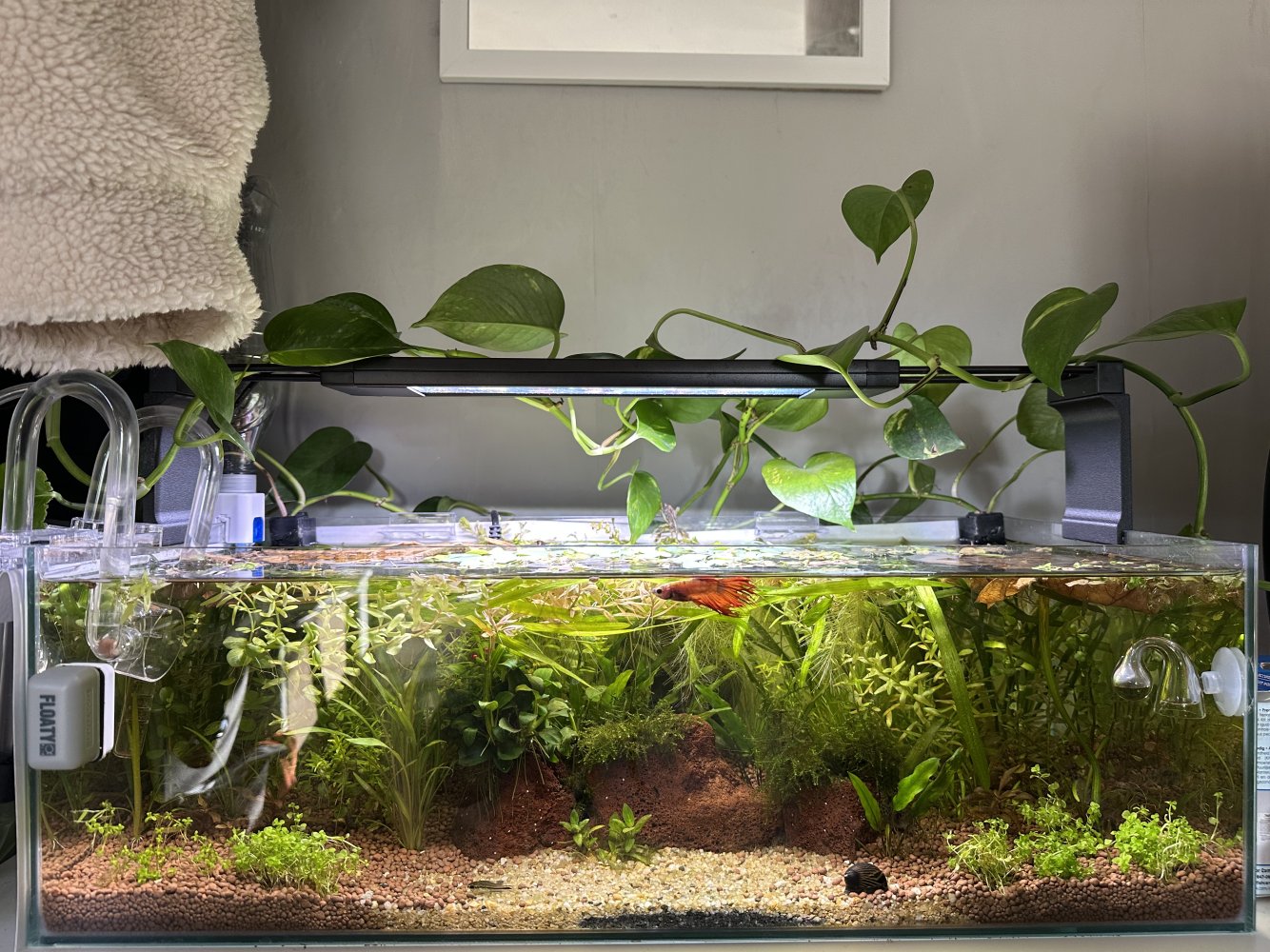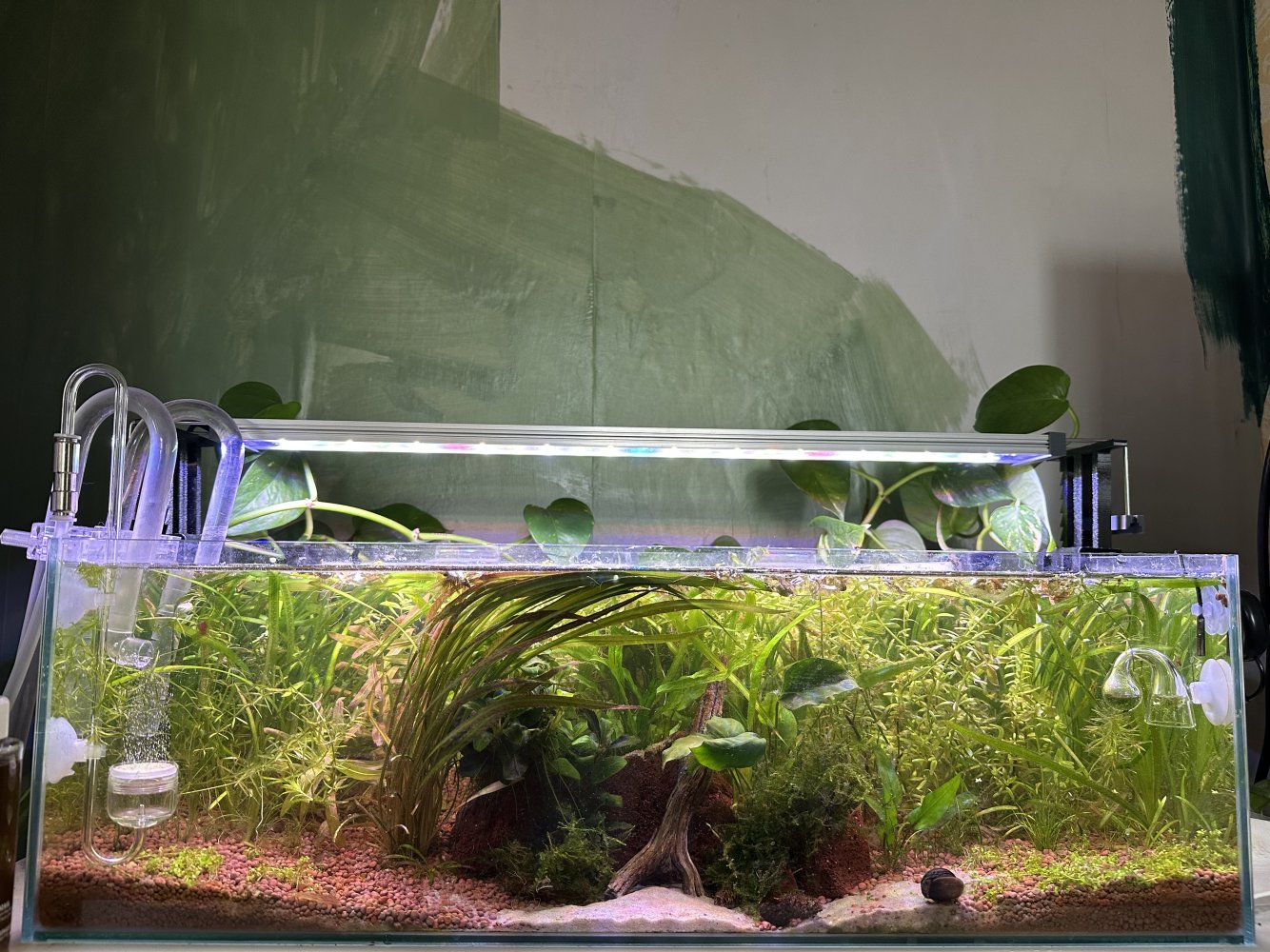Hi all,
If you want stable dKH you need a <"carbonate buffer">. Normally that would be limestone (CaCO3) which will go into solution until you reach about 18 dGH and 18 dKH, when the water is <"fully saturated with calcium (Ca++) and bicarbonate (2HCO3-) ions">.
If you add a more soluble carbonate compound (which is actually all of them, CaCO3 has the lowest solubility) then solid CaCO3 will precipitate out of solution and if you add an acid (a proton (H+ ion) donor) then some of that HCO3- will be converted to CO2 and more of the limestone buffer (solid CaCO3) will go into solution. If you have a limestone buffer? The dKH will always be stable, and it will always be ~18dKH.
This is the water chemistry that allows <"Neothauma shell beds"> to build up in lake Tanganyika, or Coral reefs build in the sea.

cheers Darrel
OK that makes a bit more sense. It won't, ion exchange doesn't work quite like that.the soil isn’t keeping it stable, in my opinion anyway
If you want stable dKH you need a <"carbonate buffer">. Normally that would be limestone (CaCO3) which will go into solution until you reach about 18 dGH and 18 dKH, when the water is <"fully saturated with calcium (Ca++) and bicarbonate (2HCO3-) ions">.
If you add a more soluble carbonate compound (which is actually all of them, CaCO3 has the lowest solubility) then solid CaCO3 will precipitate out of solution and if you add an acid (a proton (H+ ion) donor) then some of that HCO3- will be converted to CO2 and more of the limestone buffer (solid CaCO3) will go into solution. If you have a limestone buffer? The dKH will always be stable, and it will always be ~18dKH.
This is the water chemistry that allows <"Neothauma shell beds"> to build up in lake Tanganyika, or Coral reefs build in the sea.
The softer water is the longer the <"active substrate will remain active for">, this is <"just the numbers game"> in the graphic below.I tested a little in tap water first and that was the effect it had. Genuinely curious how it will effect my tanks soft water.
The active substrate won't do that. You could use an inert substrate and RO and add a <"carbonate compound"> (like KHCO3) to give you 4dKH.into a tank with a KH of 7 (in theory I’d like it at 4),
If you want 4dKH because "nitrification is compromised at less than 4 dKH"? That just isn't true.1dKH = 10.7145 ppm CO3
cheers Darrel







